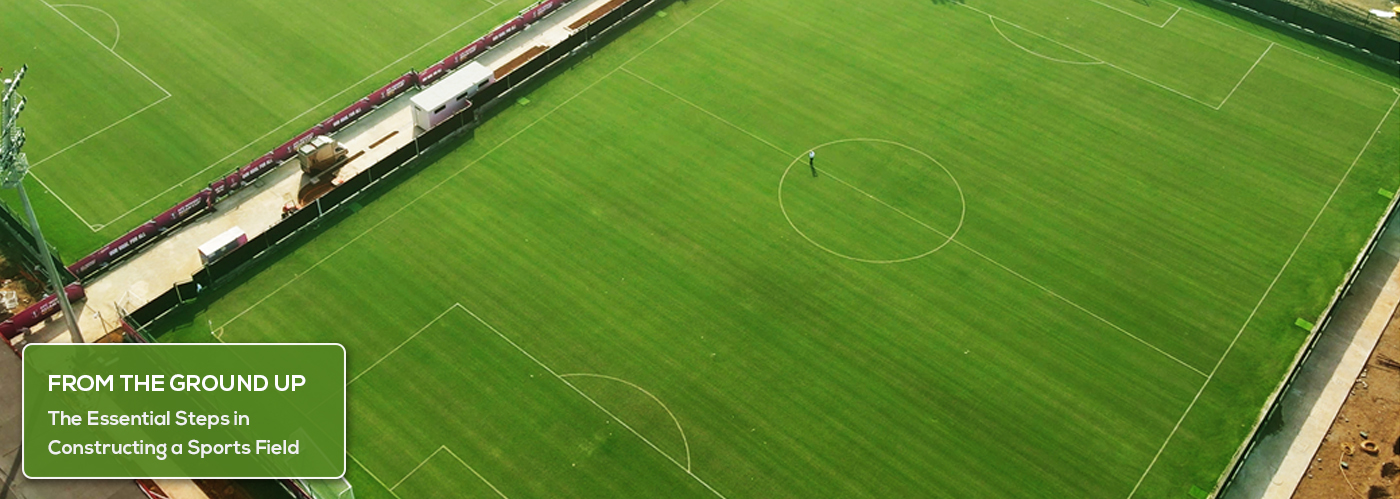Sports fields are an essential part of many communities, providing a space for physical activity, competition and recreation. However, constructing a sports field is no small feat. It requires careful planning, attention to detail, and specialized knowledge. In this article, we will discuss the 7 key steps involved in the construction of a sports field.

Step 1: Site Assessment
The first step in constructing a sports field is to conduct a site assessment. This involves evaluating the location and determining the suitability of the site for the proposed sports field. Factors that need to be considered during the assessment include the site’s topography, soil quality, drainage, and existing vegetation. These factors can impact the quality and safety of the playing surface, and must be addressed before construction can begin.
Step 2: Design and Planning
Once the site assessment is complete, the next step is to develop a design and plan for the sports field. This involves determining the size and orientation of the field, as well as the type of sport or sports that will be played on it. The design should also include features such as dugouts, spectator seating and lighting. The plan should also take into account any relevant regulations, such as local zoning laws and environmental regulations.
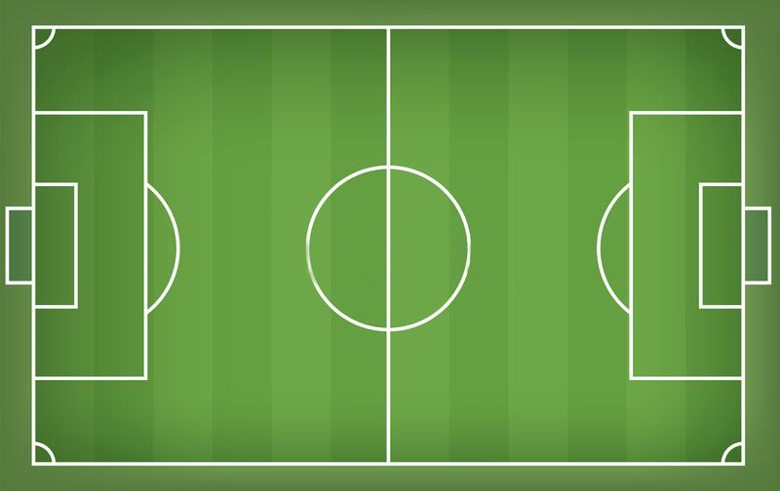
Step 3: Excavation and Grading
Once the design and plan are finalized, the next step is excavation and grading. This involves removing any existing vegetation, rocks, or debris from the site and shaping the ground to the desired contour. Proper grading is essential for ensuring proper drainage, which can impact the safety and quality of the playing surface.
Step 4: Installation of Drainage Systems
After the grading is complete, the next step is to install a drainage system. This system is critical for ensuring proper drainage of water from the field, which can impact the safety and playability of the field. Drainage systems typically include a network of pipes and gravel-filled trenches that collect and channel water away from the field.
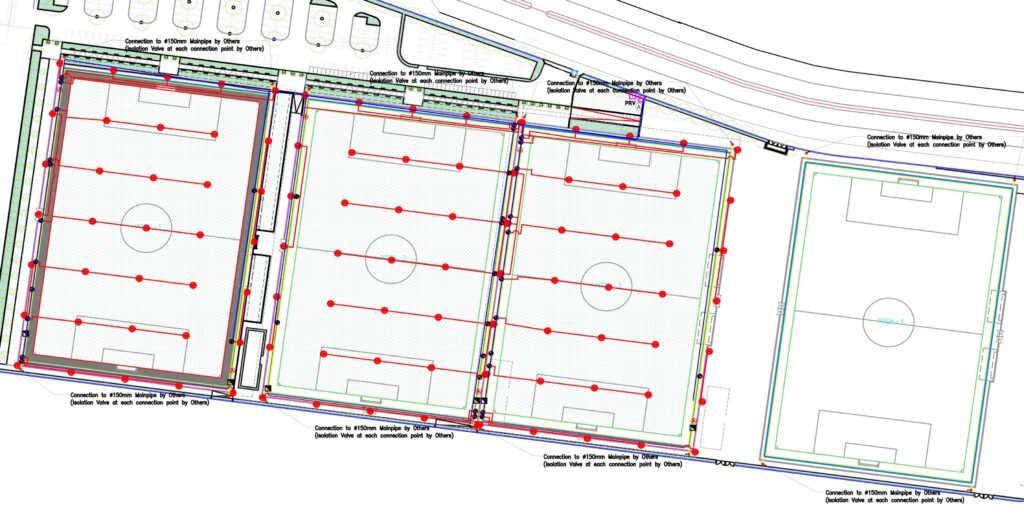
Step 5: Installation of Irrigation Systems
Once the drainage system is installed, the next step is to install an irrigation system. This system is essential for keeping the playing surface healthy and green. It typically involves a network of pipes and sprinklers that distribute water evenly across the field.
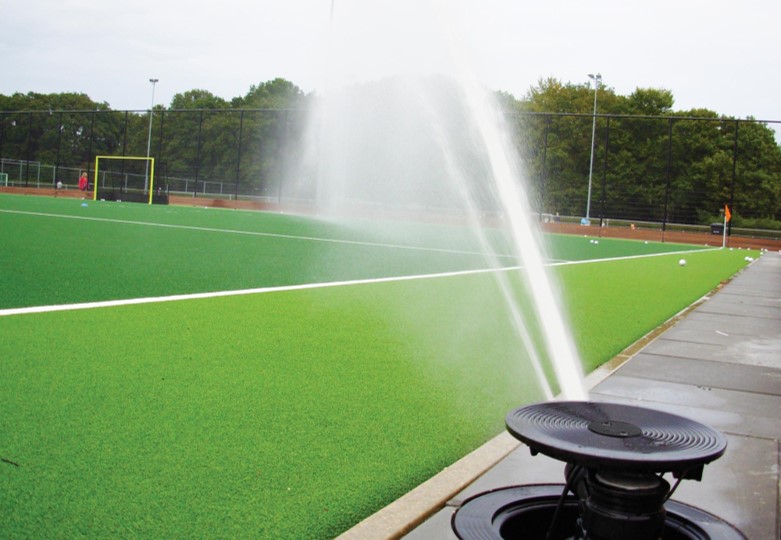
Step 6: Installation of Playing Surface
Once the irrigation system is installed, the next step is to install the playing surface. The type of playing surface will depend on the sport or sports that will be played on the field. Common playing surfaces include natural grass, artificial turf, and clay or gravel.
Step 7: Installation of Surrounding Features
The final step in constructing a sports field is to install any necessary surrounding features, such as fencing, dugouts, spectator seating, and lighting. These features are essential for ensuring the safety and enjoyment of players and spectators alike.
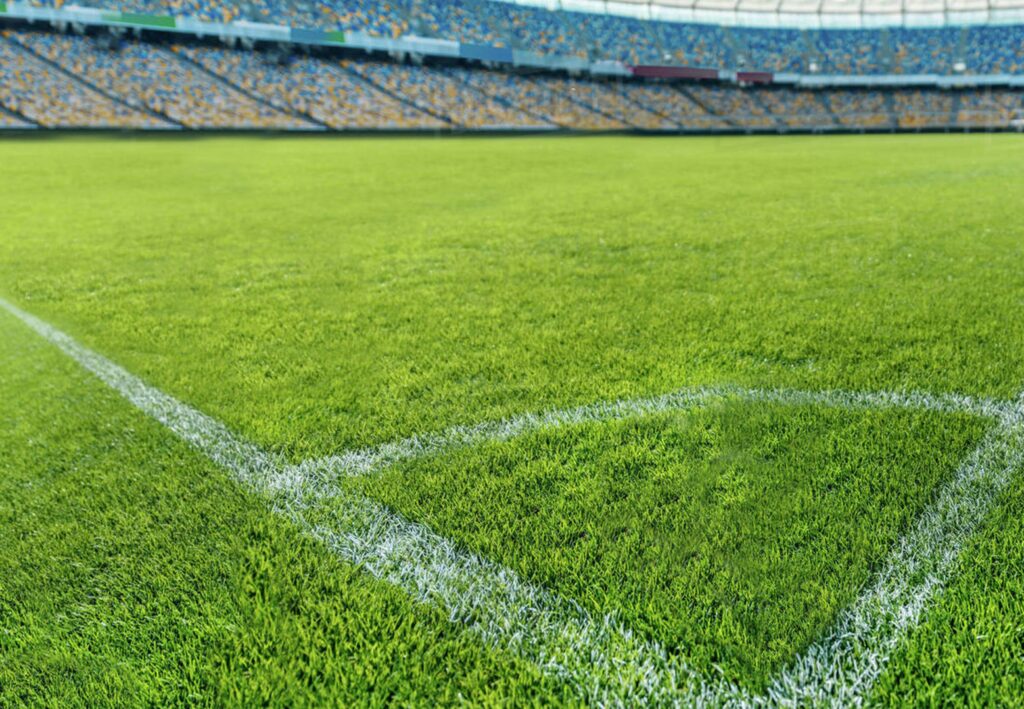
In conclusion, constructing a sports field requires careful planning, attention to detail, and specialized knowledge. By following these key steps, a high-quality sports field can be created that provides a safe and enjoyable playing surface for athletes of all ages and abilities.
.
.
.
.
To know more about Sports Grounds Construction, please contact
info@ipi-india.com
https://www.ipi-india.com/sports-field-construction.php
Our previous articles related to sports field:
5 Things to know before building a new Sports Grounds
